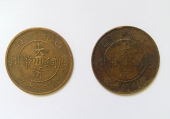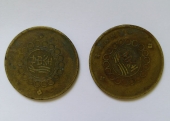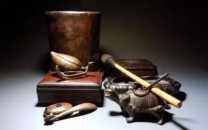大清铜币川字版度支部(一枚错版180°旋转)
- 编 号:800754
- 销售状态:展示 展览中 2021.07.14号后可提货
- 库 存: 2
- 售 价:议价
(平台服务时间:周一到周五 9:00-17:00)

- 资质:
- 评分:
1分 2分 3分 4分 5分 6分 7分 8分 9分 10分 7分
- 印象:
- 经营时间:2023年
- 展厅面积:500平米
- 地 区:上海-静安
| 创作年代 | 明清 | ||||
|---|---|---|---|---|---|
| 作品分类 | 杂项- 现当代钱币-现当代钱币 | 品相 | 八品 | 品类 | 编年币 |
| 材质 | 铜 | ||||
| 作品标签 | |||||
| 适用空间 | |||||
作品介绍
藏品名称:大清铜币度支部(川字版)
大清铜币,学名清代机制铜圆,钱面中央有“大清铜币”四个汉字,内嵌一小字代表地名,上端是满文“大清铜币”字样,两侧为年份。边缘中间分别“户部”二汉字,下端为“当制钱十文”。钱背中央为蟠龙,上端是“光绪(或宣统)年造”,下端英文“Tai-Ching Ti-Kuo Copper Coin”字样(大清帝国铜币)。各地铸造比较统一。铸造始于1900年(清光绪二十六年),止于1911年(宣统三年),流通时间较短。因其版面设计优雅,雕刻精良,且存世量极为稀少,大清铜币光绪年户部造当十被誉为中国近代制币中的十大名誉品之一。
四川省铸造铜元始于光绪二十九年(1903),早期主要铸造了四川官局造当五、当十、当二十铜元,继承广东省币制。光绪三十年(1904),仿照湖北省铜币样式将“四川官局造”改为“四川省造”。光绪三十一年(1905),清政府通令各省将所铸造的光绪元宝铜币统一改为大清铜币,四川省即开始铸造中心“川”当五、当十、当二十等铜元。同年九月,户部改名度支部,但各省铜元局铸造的铜币币面纪铭仍沿用“户部”字样,但唯独四川省铸造的铜元纪铭改为“度支部”,特色十分突出。四川铜元在在铸造时质量较好,一般使用紫铜,每枚铜元的含铜量在95%左右,非常具有收藏价值。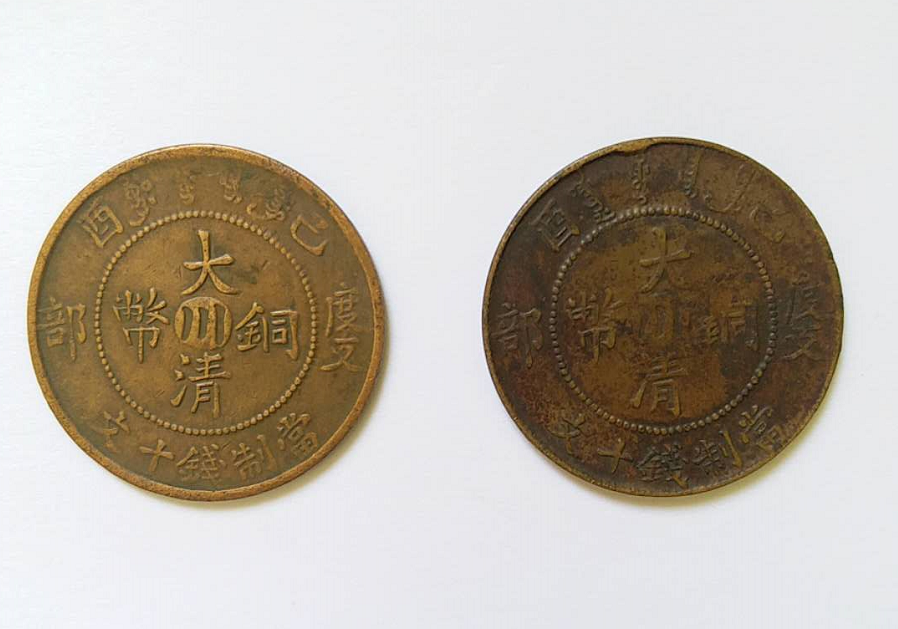
此枚己酉年四川省造大清铜币。钱币正面珠圈内铸有“大清铜币”汉文四字,中间为“川”,川是四川省简称,表示此枚铜币乃中央户部指定给四川省发行流通的钱币,珠圈上环铸满文及干支纪年“己酉”,左右分列“度支部”三字,下环铸“当制钱十文”。钱币背面中央铸有蟠龙图,外环铸珠圈,上缘镌有“宣统年造”字样,下缘铭刻英文,端庄优雅。其中一枚是错版币,反面龙纹旋转180°,钱币经岁月流逝,表面有轻微磨损,因流通转手摩挲而发出自然光亮。钱币正面可以明显看到满汉文化的融合,背面则是中西文化的相互渗透,钱币虽小,却是该历史时期的实物见证,独具历史意义。
大清铜币作为清朝发行的货币,在当时充当重要的商品媒介角色。作为曾经的商品交易或者买卖的交换工具,大清铜币不仅具有较为广泛的使用价值,而且还随着时间的久远,呈现出极高的收藏价值和考据价值,是众多钱币收藏爱好者及研究专家的所爱之品,展现出了极佳的市场价值。
随着钱币收藏队伍的不断壮大,一些停用退出流通领域的钱币和限量发行的古钱币越来越少,受价值规律影响,这些钱币价值直线上升。古钱币之所以珍贵,不仅因为历经岁月沧桑,存世数量稀少,设计精美、铸造技术高超,更因为作为一种文化载体,它记录着各个朝代、各个时期的政治、经济、金融、商业、文化、科技的发展和变迁,意义重大,价值深厚。
英文翻译:Collection name: Daqing Copper Currency Branch (Sichuan version)
Daqing Copper Coin, the scientific name of the Qing Dynasty mechanism copper round, there are four Chinese characters "Daqing Copper Coin" in the center of the face of the money, a small character is embedded to represent the place name, the upper end is the Manchu "Daqing Copper Coin", and the sides are the years. In the middle of the edge, there are two Chinese characters of "hubu", and the lower end is "ten texts of making money". The center of Qianbei is Panlong, the upper end is "Guangxu (or Xuantong) Year-Made", and the lower end is "Tai-Ching Ti-Kuo Copper Coin" (Daqing Empire Copper Coin). Casting is relatively uniform across the country. The casting began in 1900 (26 years of Guangxu in the Qing Dynasty) and ended in 1911 (three years of Xuantong), with a short circulation time. Because of its elegant layout design, excellent carvings, and extremely scarce surviving quantity, the Qing Dynasty copper coin of the Qing dynasty was regarded as one of the ten honorable products in China's modern coinage. The casting of copper yuan in Sichuan began in the twenty-ninth year of Guangxu (1903). In the early days, it mainly cast the five, ten, and twenty copper yuan of the Sichuan government to inherit the currency system of Guangdong province. In the 30th year of Guangxu (1904), the model of "Sichuan Official Bureau" was changed to "Made in Sichuan Province" in the style of copper coins in Hubei Province. In the 31st year of Guangxu (1905), the Qing government ordered all provinces to unify the coined Guangxu Yuanbao copper coins into Daqing copper coins, and Sichuan Province began to cast copper coins such as Dangwu, Dangxi, Dang20, etc. In September of the same year, the Hu Ministry was renamed the Du Branch, but the copper coin coinages minted by the copper bureaus of various provinces still used the word "Hube", but the only copper coinage minted in Sichuan Province was changed to "Du Branch", and the characteristics are very prominent. Sichuan Copper Yuan is of good quality during casting. Generally, red copper is used. The copper content of each copper Yuan is about 95%, which is very valuable for collection. This piece of Qing Dynasty copper coin was made in Sichuan Province. On the front of the coin, the Chinese character "Daqing Copper Coin" is cast in the middle of the word "Chuan". Sichuan is the abbreviation of Sichuan Province. It means that this copper coin is a coin designated by the Central Household Ministry to be issued to Sichuan Province. The bead ring is cast on the ring. The Manchu and Qianzhi Years of "Jiyou", with the three words "degree branch" on the left and right, and the next "casting ten articles for making money". On the back of the coin, there is a panlong pattern in the center, a bead ring on the outer ring, and the words "Xuan Tong Nian Zao" on the upper edge. The lower edge is engraved with English, dignified and elegant. One of them is the wrong version of the coin. The dragon pattern on the reverse side rotates 180°. The coin has passed through the years and has a slight wear on the surface. It emits natural light due to the circulation of the hand. The front of the coin can clearly see the integration of the Manchu and Han cultures, and the back is the mutual penetration of Chinese and Western cultures. Although the coin is small, it is a physical witness of the historical period and has unique historical significance. As the currency issued by the Qing dynasty, the Daqing copper coins played an important role as a media for commodities at that time. As an exchange tool for commodity trading or buying and selling, Daqing copper coins not only have a relatively wide use value, but also show a very high collection value and textual value over time. They are many coin collection enthusiasts and research experts The products she loves have demonstrated excellent market value. With the continuous growth of the coin collection team, some coins that have been withdrawn from circulation and limited-released ancient coins are becoming less and less. The value of these coins has risen linearly due to the law of value. Ancient coins are precious not only because of the vicissitudes of time, the surviving number is rare, the design is exquisite, the casting technology is superb, but also as a cultural carrier, it records the political, economic, financial, commercial, cultural, The development and changes of science and technology are of great significance and profound value.
 王兆奎
王兆奎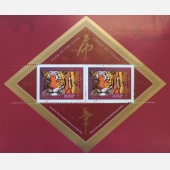 加拿大资深
加拿大资深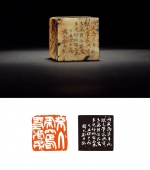 韩天衡
韩天衡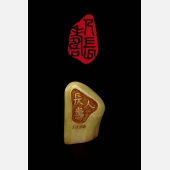 陈维廉
陈维廉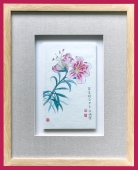 赵映璧
赵映璧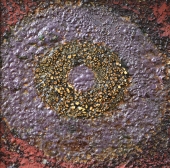 魏新
魏新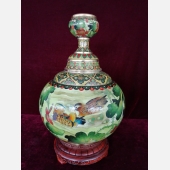 米振雄
米振雄 康蕾
康蕾
